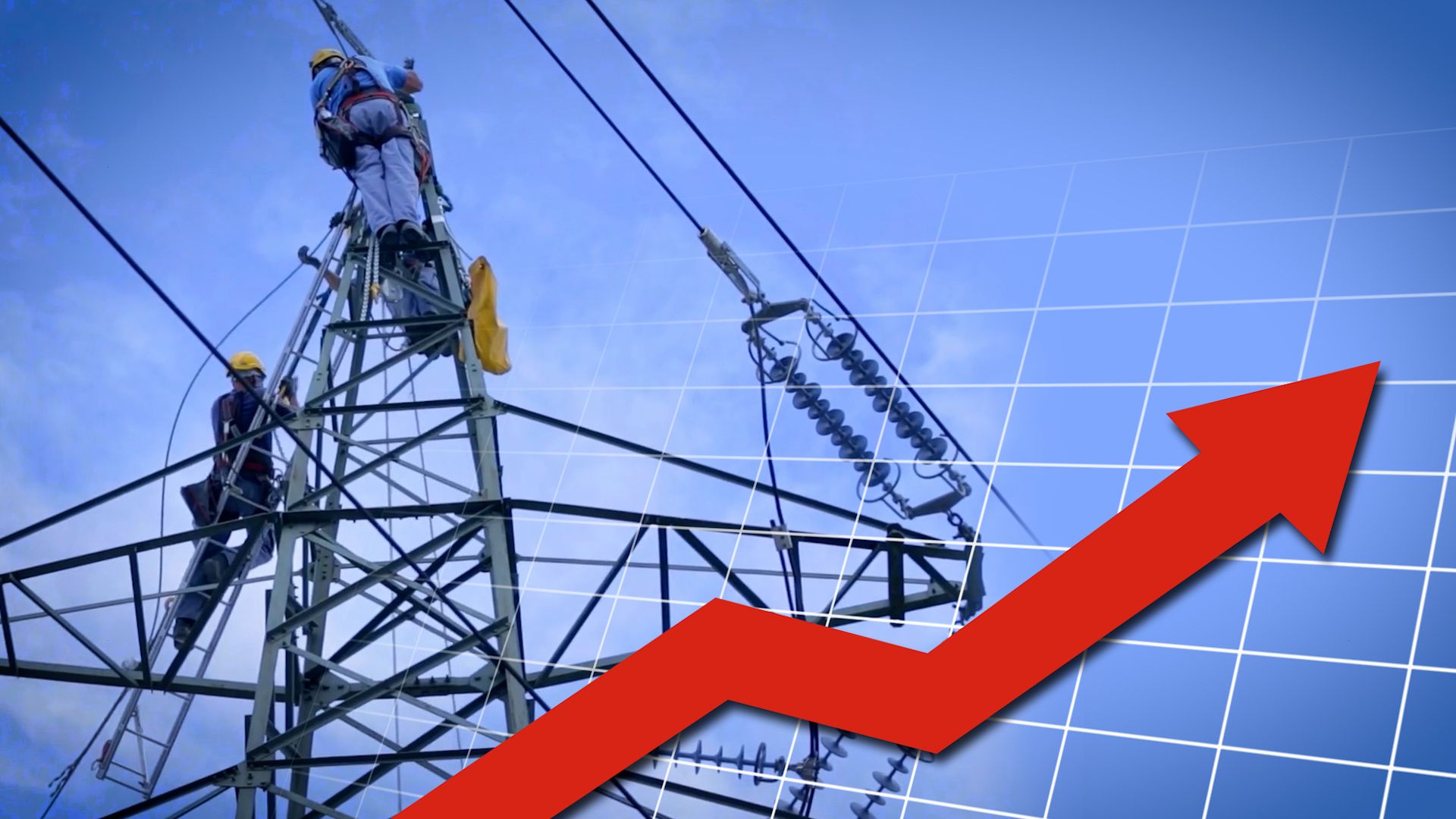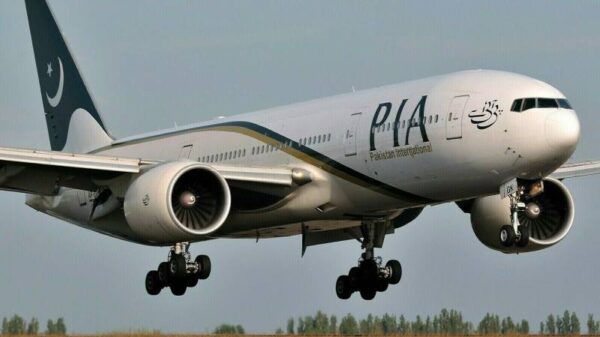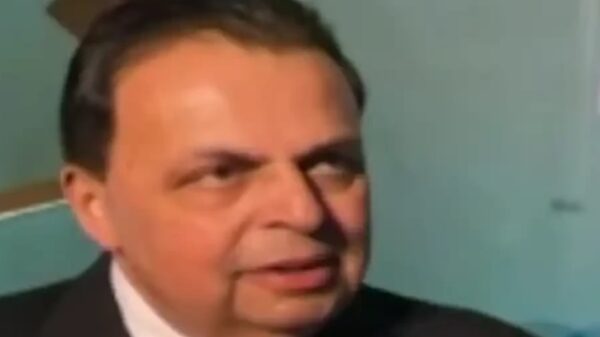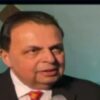ISLAMABAD: Amid public outcry and potential political backlash, the Pakistan government has decided to step back from a proposed 51% increase in electricity rates that it had approved last week for so-called protected consumers. This increase was initially part of a ‘prior action’ required by the International Monetary Fund (IMF).
On the instructions of the prime minister, a revised summary is being urgently run through the federal cabinet. This comes after last week’s cabinet decision to clear a massive tariff hike, including for ‘protected consumers’ whose consumption remains below 200 units per month. The National Electric Power Regulatory Authority (Nepra) also revised the date of a public hearing from July 8 to July 10, awaiting the revised summary.
Sources indicate the prime minister was alerted by various quarters, other than the power division, about the pent-up anger among consumers due to accumulated bills from the Eidul Azha holidays and higher consumption in hot weather. This anger had already manifested in violence against distribution company officials in some areas.
The prime minister issued instructions to modify the tariff increase summary, exempting protected consumers from the hike. The power division quickly circulated the revised summary, with the government planning to cover the resultant Rs50 billion revenue gap through subsidies and innovative tariff setting.
The tariff hike, effective from July 1, 2024, was part of the IMF’s “prior action and structural benchmark” and was expected to generate approximately Rs3.8 trillion for 10 distribution companies (Discos) during the fiscal year 2024-25. The initially approved summary envisaged raising the tariff by 51% for consumers using up to 100 units per month and 41% for those using up to 200 units per month, impacting over 15.5 million consumers.
Consumers crossing the 200-unit threshold even once in six months would fall into the ‘unprotected category,’ facing significant increases. The biggest increase, over 43% (Rs7.12), was proposed for the first 100 units, affecting another 5.95 million consumers. Rates for higher consumption slabs also saw substantial increases, with additional fixed capacity charges introduced.
The proposed tariffs aimed to generate Rs3.5 trillion for the 10 Discos during the current fiscal year, an increase of about Rs580 billion from the previous year. The revised average national base tariff, including for K-Electric, was calculated at Rs35.50 per unit, up from Rs29.78 per unit last year. An official indicated that the real applicable average national tariff could rise to between Rs65 and Rs72 per unit after including surcharges, taxes, duties, and other adjustments.
The government’s decision to revise the tariff hike reflects its sensitivity to public sentiment and the socio-political repercussions of such economic measures. As the revised summary is processed, the government aims to balance fiscal requirements with public welfare, particularly for protected consumers.
I am an accomplished graduate of Strategic Studies, driven by a fervent dedication to comprehending global affairs and devising impactful strategies. Equipped with a comprehensive skill set encompassing research, critical thinking, and persuasive communication, I possess a distinctive viewpoint and an unwavering commitment to fostering inclusive decision-making processes. As a versatile individual, I excel in collaborating with diverse groups in various settings, leveraging my strong interpersonal abilities to adapt seamlessly to new environments and surmount any challenges that arise. With a passion for contributing to strategic initiatives, I am eager to leverage my expertise and drive to effect positive change within the field.










